16 Ethiopia Education Facts (learn about schools in Ethiopia)
Did you know that school is mandatory only until the age of 12 in Ethiopia? Or that many graduates go abroad after their studies?
Discover everything through these 16 interesting Ethiopia education facts! 🇪🇹 🎓
The Best Facts About School in Ethiopia
Ethiopia is a country located in Western Africa. It is in the Horn of Africa, it is the second-most populous country in Africa, and its capital city is Addis Ababa, which has more than 3,300,000 inhabitants.
An interesting part of the country that I wanted to tackle is its education. In light of that, I have listed my 16 best facts about schools in Ethiopia, and I hope you will love them:
1. There are two educational systems in Ethiopia
Religious education in Ethiopia is very traditional, and it is rooted in both Christianity and Islam. At the primary level, Christian education is conducted by the clergy near places of worship.
There is also a modern education system though.
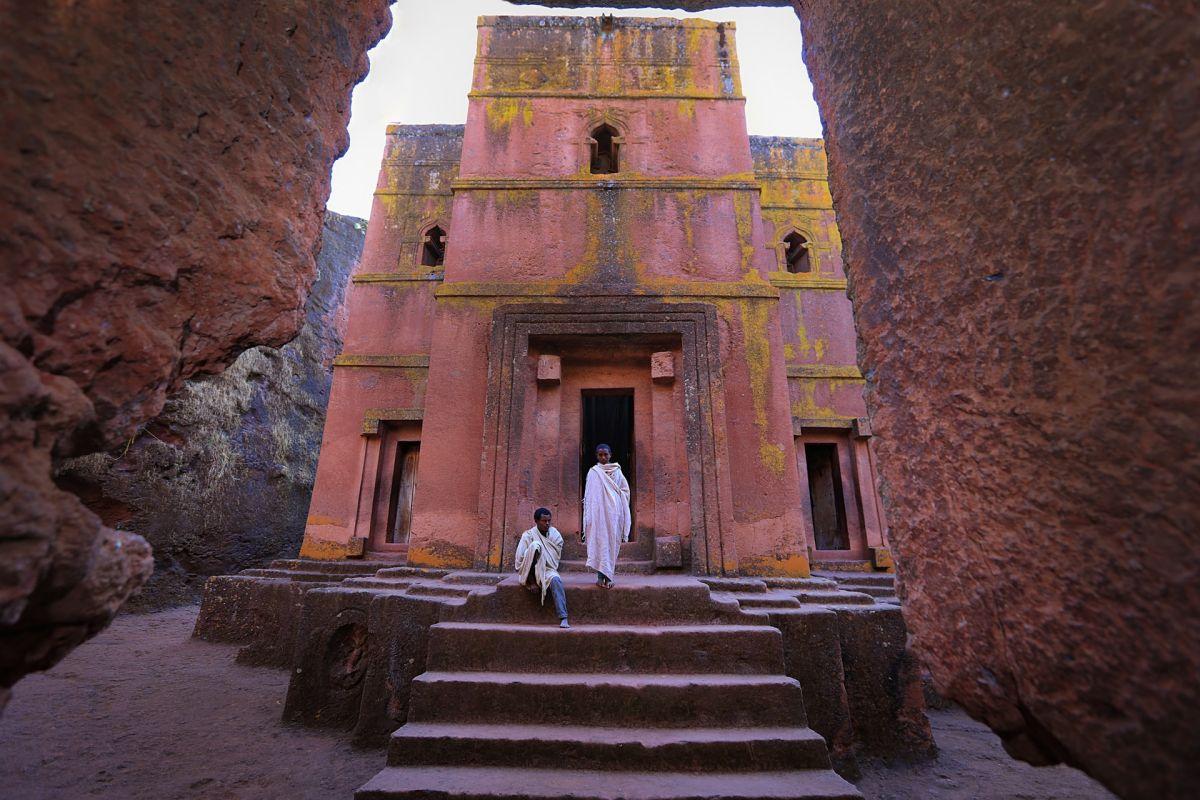
St. George Church, Lalibela, Ethiopia.
2. Modern education was a huge innovation to the country of Ethiopia during the 19th and 20th century
The major innovation in terms of education in Ethiopia was probably the addition of modern education.
Emperors Menilek II and Haile Selassie I reigned during the 19th and the 20th century and established a great system of primary and secondary education.
3. Several colleges were opened in Ethiopia starting in the 1950s
Thanks to the addition of modern education, a lot of colleges were also opened in Ethiopia during the 1950s and the 1960s.
Their subjects are liberal arts, building, social work, technology, agriculture, theology, law, and business. This is definitely very important as the religious system majorly leads to positions within the church hierarchy.
4. The oldest university in Ethiopia was founded in 1950
Addis Ababa University was founded in 1950, and it is the oldest university in Ethiopia. Its first names were University College of Addis Ababa, and then Haile Selassie I University. Its current name was adopted in 1975.
There are still other universities in Ethiopia, like Alemaya University and Debub University.
5. Literacy rates are critically low in Ethiopia
Sadly, Africa as a whole has many countries with low literacy rates. However, Ethiopia’s one is much lower than both regional and world averages.
Indeed, only around half the male population is literate. For females, it is even worse, as the rate estimates go from 30 to 40 percent.
6. Public education is free and mandatory in Ethiopia
Good thing for the country, public education is both free and mandatory, just like in many other countries around the world.
8 years of education are free in Ethiopia, but school is only mandatory from the age of 7 to the age of 12.
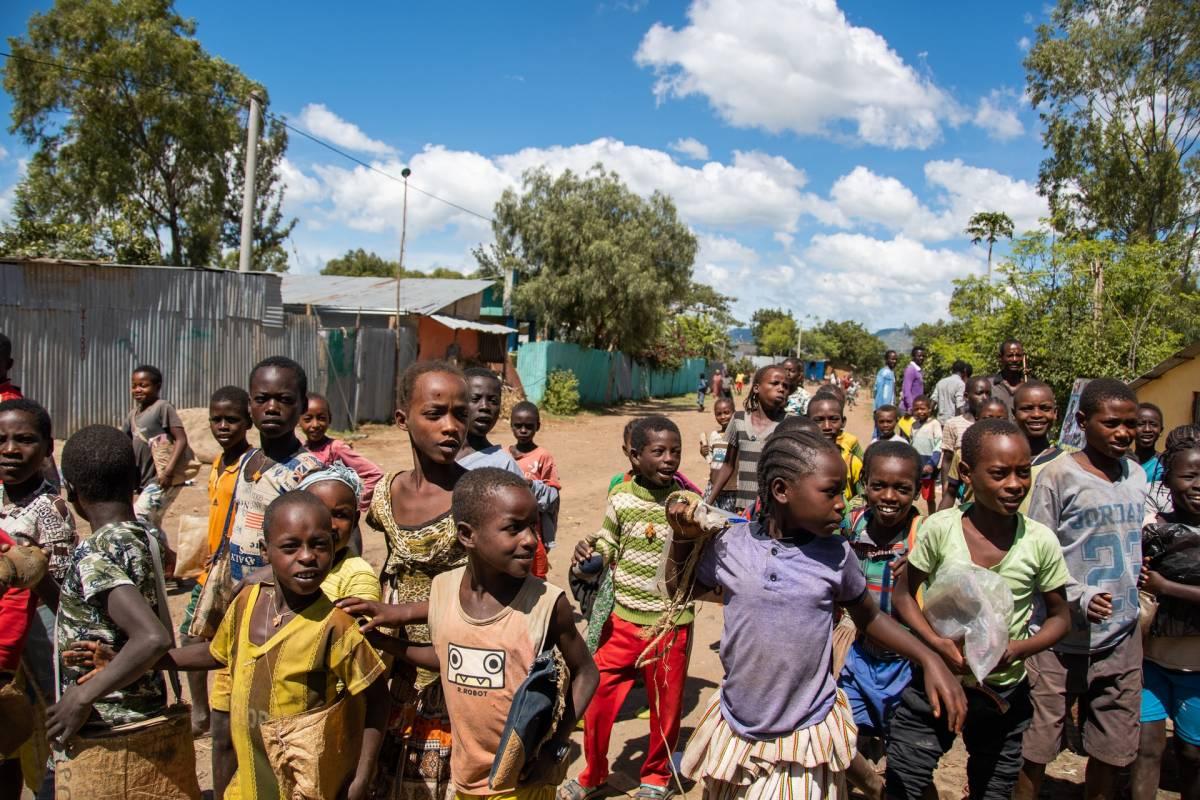
7. There is a lot of deterioration in the public school system in Ethiopia
Generally speaking, the public school system is quite flawed in Ethiopia.
There are lots of issues, among which the most important ones are lack of proper funding, teachers, space, and facilities. On top of that, classrooms are overcrowded most of the time.
8. After the Derg, Ethiopia’s education system rapidly expanded
The Derg was a socialist military group that took control of Ethiopia from 1974 to 1981. When it was overthrown, education could finally expand in the country.
As an example, the net enrollment rate literally blew up from 1989 to 2015, growing from merely 29 percent to… 86 percent!
9. Many elementary schools were built in the past decades
The Derg really slowed the country down as a whole. When it comes to education, it is even more blatant.
The Ethiopian government reported that the number of elementary schools almost tripled in only 18 years, going from 11,000 to more than 32,000.
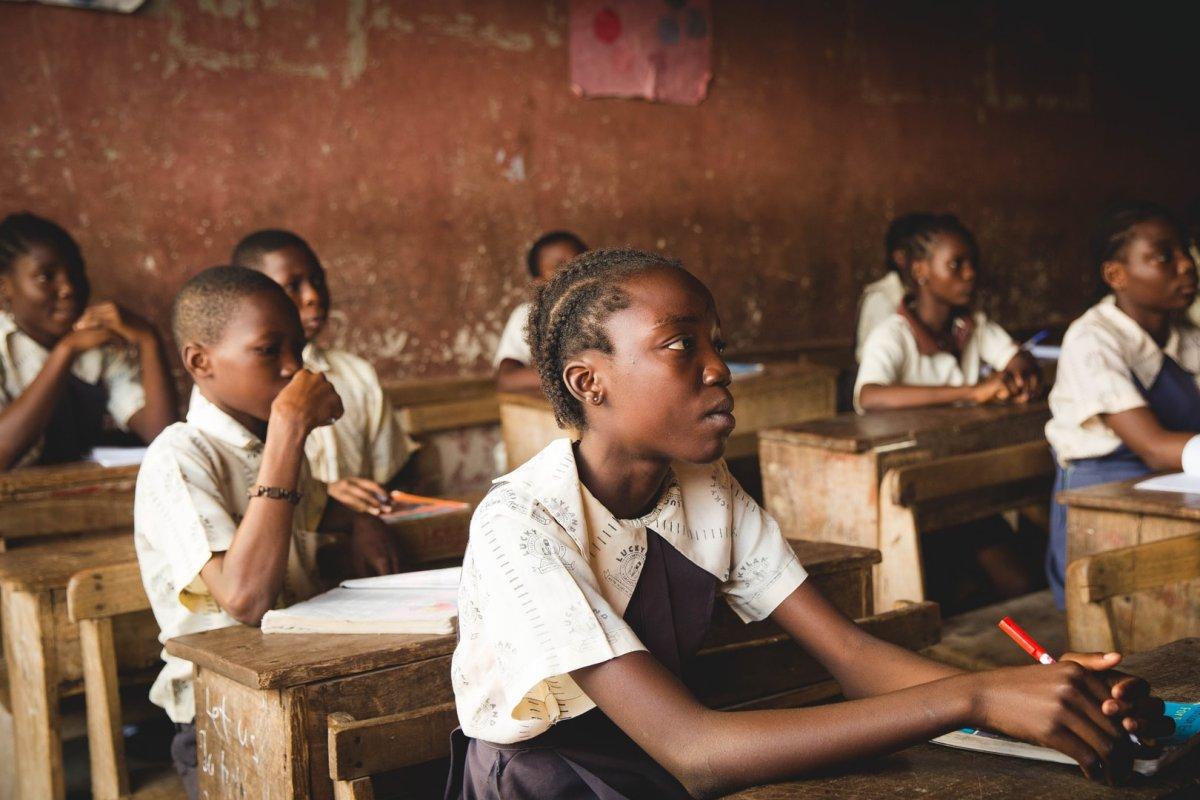
10. The secondary education enrollment rate is very small in Ethiopia
While it is slowly but steadily growing over the years, the secondary school enrollment rate still stays very low. While it was 26 percent in 2015, the situation was even worse in 1999: 16 percent!
For such an important part of education, 26 percent is definitely far from being enough.
11. Education is a priority for the Ethiopian government, but it struggles to keep up
Even though the situation is quite bad in Ethiopia when it comes to education, the good thing is that the government is aware of that.
However, while it considers education as a financial priority, it is having a lot of trouble keeping up with the expansion of the system and of the population.
12. Several reforms affect teacher education in Ethiopia
Because of how crowded Ethiopia is, and how saturated classrooms are, it is a top priority for the country to have as many teachers as possible.
For that, there are 32 public teacher training colleges, all under federal supervision. These programs are undergoing many reforms.
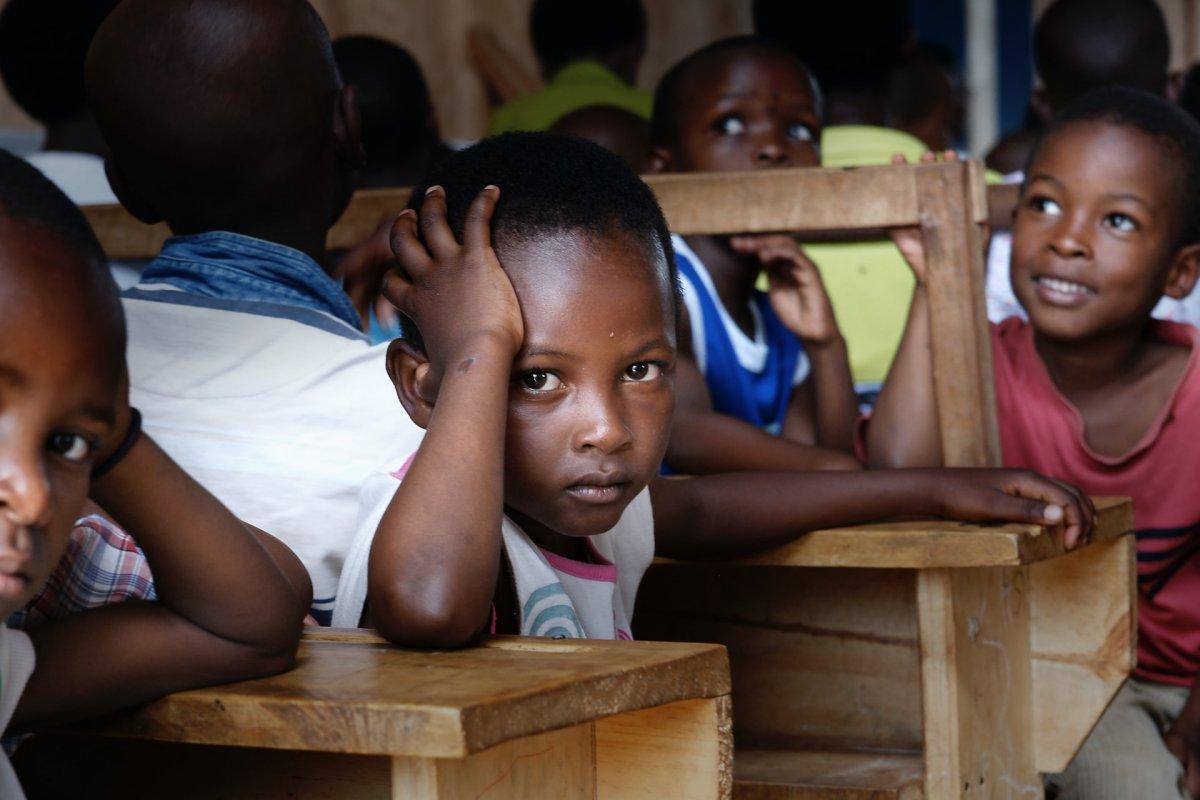
13. There are many discrepancies between the public and the private system in Ethiopia
Great disparities can be seen between public and private universities in Ethiopia.
Many of the profitable private universities are said to be of very dubious quality, and a former Prime Minister, Meles Zenawi, even accused them of providing substandard education.
14. There are little to no international students in Ethiopia
This is not very surprising, but there are very few international students in Ethiopia. So few in fact that there is no precise information about this.
With poverty, conflict, and poor quality of education, it makes total sense that not many people consider going to Ethiopia for education purposes.
15. Among Ethiopian degree-seeking students, the United States is the most popular destination
Like many other countries in Africa, Ethiopian outbound students often choose the United States as their preferred destination.
In fact, 24.5 percent of Ethiopian international enrollments are in the US. Apart from that, the main destinations are in Europe (Finland, Italy, and Norway) and in India.

16. Education funding is made by both the regions and the federal government in Ethiopia
Both the regions and the federal government are the ones funding schools and education in general.
Ethiopia education system is managed by the government, and it uses multi-year development programs with performance targets as well as reform agendas.
So there you have them, these were all my 16 education in Ethiopia facts. I hope you enjoyed them and that you learned something new today.
In case you want to learn more about the rest of the country’s education system, feel free to keep reading, as I still have lots of things to tell you about:
Ethiopian School Hours
Let’s keep going with our next part, dedicated to Ethiopian school hours. The typical school schedule in one country can often be very different from your own, and it’s always interesting to have more details on how students go on about their day.
Ethiopia Primary School Schedule
The first step in Ethiopian education is, as anywhere else, optional kindergartens. These are run by non-governmental organizations, religious organizations, or private providers. Nonetheless, the availability of these preschool programs is very limited and varies across the country.
After that, there are eight years of elementary education, divided into two cycles of four years. While education is compulsory until grade eight, actual participation is extremely far from 100 percent.
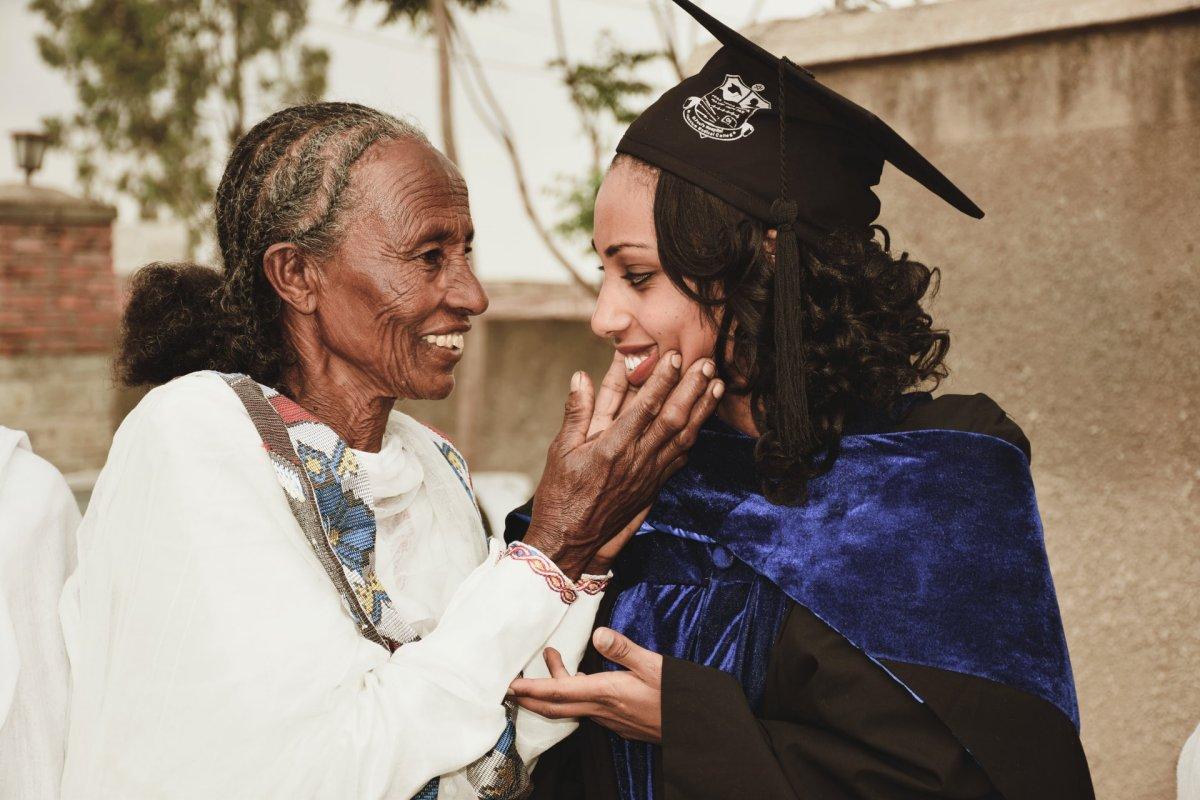
Ethiopia Secondary School Schedule
The Ethiopian school year runs from September to June or July. In university, there are two semesters that last 16 weeks each.
Secondary school lasts for four years in Ethiopia. Students are aged 13 to 16, and this phase is concluded by the Ethiopian General Secondary Education Certificate. After passing that exam, pupils can attend high school or higher secondary education.
Ethiopian High School Schedule
High school is concluded by the Ethiopian Higher Education Entrance Examination. Students need to pass at least five subjects to pass this final examination.
It begins at the age of 17 and lasts for 2 years. The main specialization subjects are science or social science.
General Facts About Schooling in Ethiopia
This last part is dedicated to general facts about schooling in Ethiopia. More specifically, we’ll check 2 key figures that will give you a better understanding of the education level in Ethiopia.
Enrollment in tertiary education for Ethiopia: 8.13%
(Average for regions: Sub-Saharan Africa: 8.6% | South Asia: 20.8% | Arab States: 36.4% | East Asia: 36.5% | Latin America: 43.3% | Europe and Central Asia: 62% | North America: 84%)
Data from World Bank EdStats/UNESCO
Ethiopia literacy rate: 49%
(Average for regions: Sub-Saharan Africa: 65.3% | South Asia: 72.9% | Arab States: 79.4% | Latin America: 93.7% | East Asia: 95.8% | Europe and Central Asia: 98.5%)
Data from World Bank EdStats/UNESCO
More Education Facts!
Do you want even more education facts about other countries?
Check out these facts:
Or click here to see ALL the education facts up on the blog!
The Full List of 16 Ethiopian School Facts
- There are two educational systems in Ethiopia
- Modern education was a huge innovation to the country of Ethiopia during the 19th and 20th century
- Several colleges were opened in Ethiopia starting in the 1950s
- The oldest university in Ethiopia was founded in 1950
- Literacy rates are critically low in Ethiopia
- Public education is free and mandatory in Ethiopia
- There is a lot of deterioration in the public school system in Ethiopia
- After the Derg, Ethiopia’s education system rapidly expanded
- Many elementary schools were built in the past decades
- The secondary education enrollment rate is very small in Ethiopia
- Education is a priority for the Ethiopian government, but it struggles to keep up
- Several reforms affect teacher education in Ethiopia
- There are many discrepancies between the public and the private system in Ethiopia
- There are little to no international students in Ethiopia
- Among Ethiopian degree-seeking students, the United States is the most popular destination
- Education funding is made by both the regions and the federal government in Ethiopia
Share the knowledge! Click on the buttons below to share these facts about the education of Ethiopia with your friends, and help them learn more about the world 🙂


![15 Interesting Cambodia Education Facts [100% true]](https://www.kevmrc.com/wp-content/uploads/2022/05/25-cambodia-education-facts.jpg)
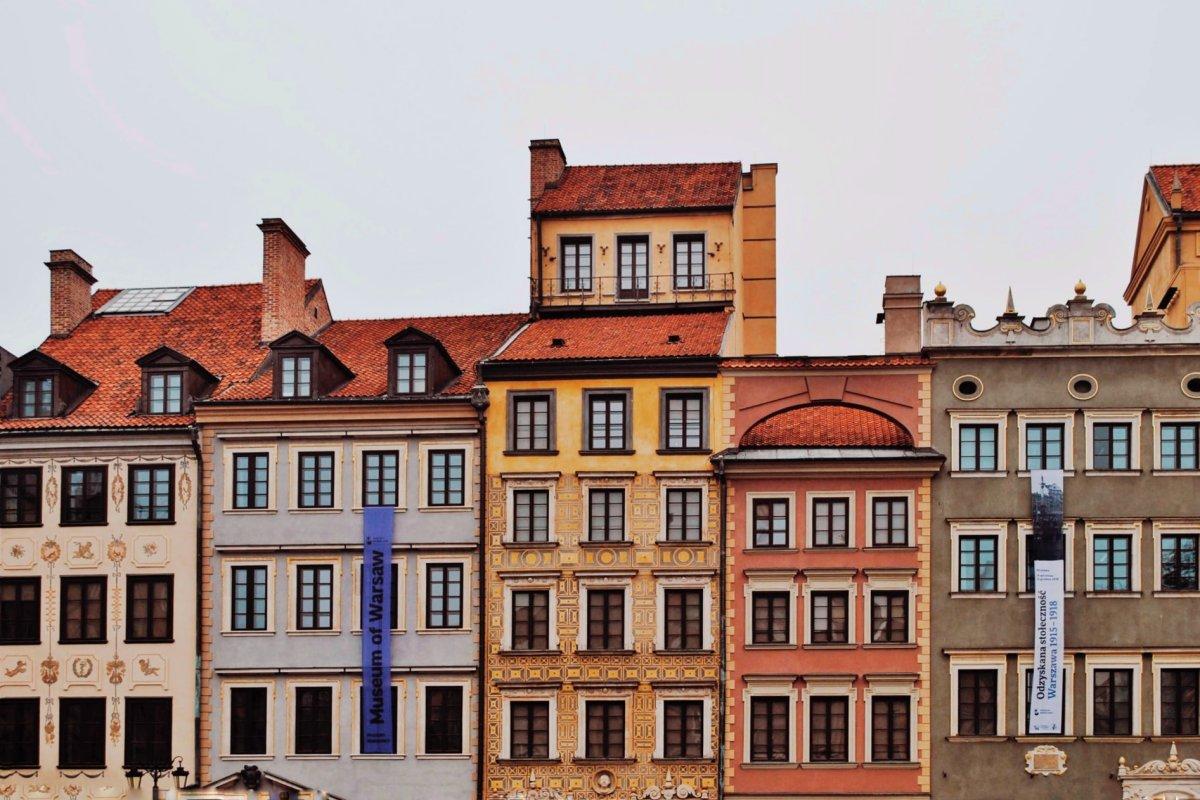
Hi!
Thanks for the article! I am Ethiopian myself and I enjoyed reading what you’ve written! I just wanted to point out that Ethiopia is not a western African country. It’s in the east (horn of Africa)